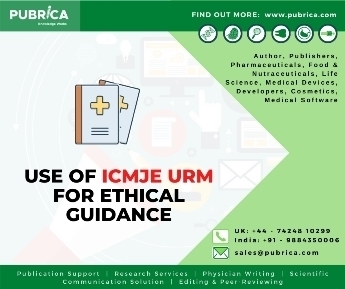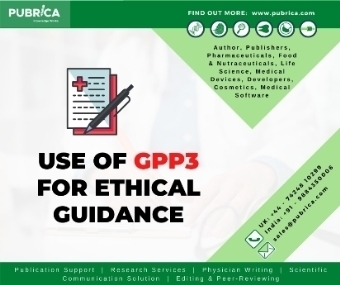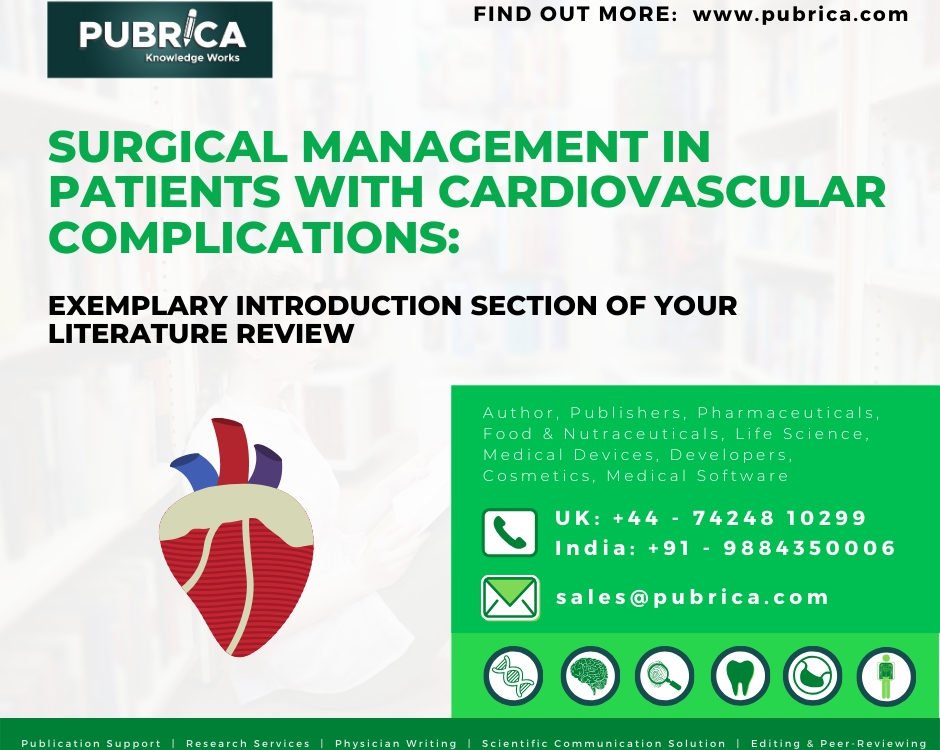
Preventing Conflict of Interest during Peer Reviewing
November 3, 2018
Enhancing Journal Impact Factor Ethically
November 3, 2018Misconduct in Research
The common belief that prevails is that any or every article that has been published within journals is deemed to be factual and accurate without any reported incidence or acknowledgement of an allegation of misconduct. However, this belief has been altered by research. Much publicity was accorded to the definition of misconduct in the 1980s, where concerns pertaining to it were enhanced by researchers and also unveiled the occurrence of finding oneself in a scenario of misconduct. Concerns relating to misconduct amongst the public were not just on scientific levels but it also exposed and highlighted the scope for misconduct to occur within universities, governments and other levels within research institutions. As an outcome has substantially augmented public awareness related to misconduct and it has facilitated the design of procedures in the form of policies that can be easily followed. This is with the view to avoid situations of misconduct, ability to identify, examine articles and reporting any instance of misconduct.
Types of Misconduct in Research
- Plagiarism: involves inappropriate use of ideas conceived by others, work or intellectual property which could be written or otherwise, without obtaining explicit permission for use or acknowledging the source. However, it is not restricted to inappropriately using others’ works but replicating or reusing your own ideas is also considered as plagiarism or self-plagiarism.
- Fabrication: would involve creation of fictitious data or information or any other aspects of a research and would comprise of fabricating participants’ consent or other documentation.
- Falsification: Would comprise or inappropriately selecting or manipulating data, content or images.
- Misrepresentation: this would include;
- Misrepresenting data by concealing actual pertinent findings, or presenting a skewed interpretation of data either knowingly or by negligence.
- Duplicating a publication without any intimation which includes, submitting duplicate manuscripts to be published in journals.
- Misrepresenting individual interest and failing to announce any material interests either or the part of the people or organization funding the research or the researcher themselves.
- Misrepresenting experience or qualification where the researcher falsely claims to have a specific qualification or having experience of working in a particular domain.
- Misrepresentation in terms of involvement where the researcher inappropriately claims authorship to other works or seeking acknowledgement to works they have not made any contribution to or denying authorship to any author when they have made substantial contribution in writing the research paper
- Breach of duty of care would comprise of either purposefully or by negligence:
- Improperly revealing details or information of an individual or group of people who have participated in research without prior consent or breaching any other confidentiality.
- Exposing any individual or groups involved in research to threat or risk either as participants or subjects before prior intimation of any risk or threat involved.
- Ignoring safety norms in case the research involves inherent risks or threats.
- Ignoring any legal and valid ethical concerns or care obligations for human, or animal subjects, tissue or human organs that have been utilized for the research or safeguarding environmental regulations.
- Improper conduct while peer reviewing research proposals, results or entire research papers. This would also include failure to disclose any conflict of interest, content misappropriation or abusing any material received for peer reviewing process.
- Failure to meet professional, legal and ethical obligations: this would include failure to meet standards as laid down or emphasized by pertinent professional bodies. It would also include any restrictions to research laid down by the research ethics committee or research funders.



